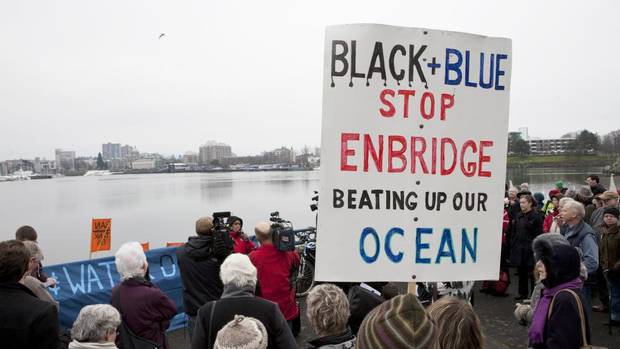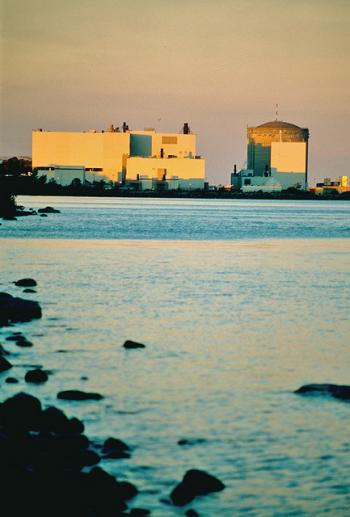
By Michael-Allan Marion, reposted from the Brantford Expositor, May 17, 2014
The Green Energy Act has been a subject of bitter controversy since the day it was introduced in the Ontario Legislature five years ago.
In moving first reading on Feb. 23, 2009, then energy and infrastructure minister George Smitherman said the bill had three major goals — expand renewable energy production, encourage energy conservation and create directly and indirectly more than 50,000 green jobs.
The best known part of the act is a system of feed-in tariff rates for different types of energy sources — a microFIT program for small, non-commercial systems under 10 kilowatts; and FIT, the larger commercial version which covers a number of project types with sizes ranging into the megawatts.
The act was immediately contentious for introducing high initial tariff rates — particularly a provision for up to 80.2 cents per kilowatt hour for small systems under microFIT.
The purpose was to encourage individuals, small enterprises and farmers to set up solar and wind projects to produce their energy needs and feed into the grid.
Rural grassroots organizations rallied against large wind farm projects, and municipal councils rejected the act’s provisions that allowed the province to foist projects on unreceptive communities.
So controversial had the act grown that Progress Conservative leader Tim Hudak vowed in the 2011 election to rescind it outright if elected.
The Ontario Greens supported the act but criticized what they considered its “inept” implementation and slow approval process.
The Liberals stuck behind their program, but admitted that some changes were necessary.
(See what the 2014 candidates had to say about the act here)
Some FIT and microFIT regulations were reformed in 2012 and 2013 to encourage municipalities, co-operatives and First Nations to invest through extra points in a new rating system in the application.
Municipalities were given more say about projects in their communities by the insertion of a clause in the application showing whether it had municipal support for the project.
The changes attracted Brant County and Six Nations.
Brant Council has approved or brought on stream 10 microFIT solar projects on county properties. It has also supported two small FIT projects in partnership with the Sustainability Brant Community Energy Co-operative Inc. to construct rooftop solar panels on the Brant Sports Complex and the South Dumfries Community Centre in St. George.
It has also approved one joint project with the county, Six Nations and BGI Retail at the Brant 403 Business Park, and a small FIT project with Six Nations at the Oneida Business Park.
“Solar power has come to the fore,” said Brant Mayor Ron Eddy. “It’s much more accepted than wind power. We have stayed away from the controversies where it has been used. With solar we have always enjoyed the heat and light of the sun.”
Meanwhile, Six Nations has engaged more in wind farm projects, building in partnership with companies at sites either in the Haldimand Tract or Nanfan Treaty areas.
The agreements in nine projects, including a deal with Samsung, give Six Nations either royalties or a portion of the profits, depending on its share percentage. The proceeds go into a trust, which Six Nations can use for community projects.
Criticism of the Green Energy Act continues. Although the act promised to create 50,000 jobs, the Liberals admitted last year that it had created only 31,000 jobs.
A report from Ontario Auditor General Jim McCarter found a large majority of the jobs were in construction and would last no more than three years..
Another report from the Fraser Institute says wind power tends to be produced when least needed, and is exported as surplus at lower rates with a loss.
Meanwhile, critics continue to point out that the act is “punishing the poor” through the government’s own forecast of higher power bills over the next five years to support the cost of bringing green energy into the grid. SOURCE
[email protected]
Twitter.com/EXPMarion
Like this:
Like Loading...





 Falling demand for electricity, sky-high cost projections, a catastrophic meltdown in Japan and a dedicated resistance to nuclear expansion have contributed to tough times for advocates of new and rebuilt nuclear reactors in Ontario.
Falling demand for electricity, sky-high cost projections, a catastrophic meltdown in Japan and a dedicated resistance to nuclear expansion have contributed to tough times for advocates of new and rebuilt nuclear reactors in Ontario.